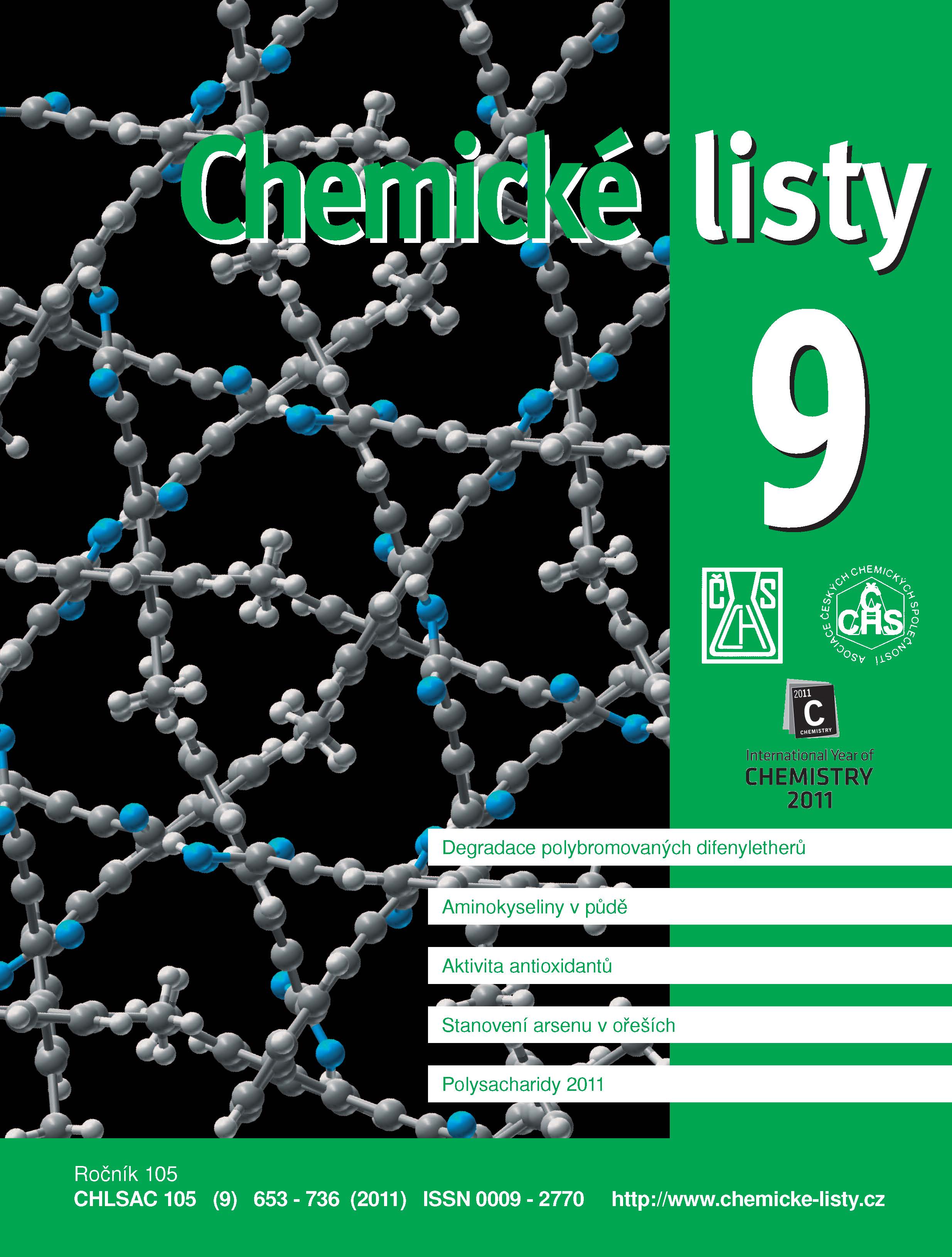Bacterial Degradation of Polybrominated Biphenyl Ethers
Keywords:
polybrominated diphenyl ethers, toxicity, biodegradationAbstract
Polybrominated diphenylethers (PBDEs) are used as flame retardants in various plastic products. PBDEs are persistent, hydrophobic, bioaccumulative, and toxic organic compounds. Despite their low acute toxicity, the low-brominated congeners act as endocrine disruptors and neurodevelopment toxicants. They have been found in both abiotic (air, dust, sediments or sewage sludge) and biotic samples (marine mammals and fish, birds that feed on fish or birds of prey). Studies have confirmed their presence in human blood, adipose tissue and in milk. This review summarizes current knowledge about physicochemical and toxic properties of PBDEs and the possibility of their bacterial degradation.





